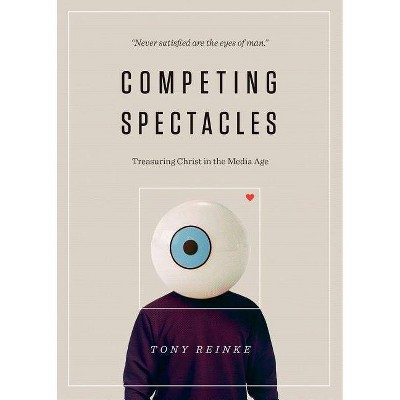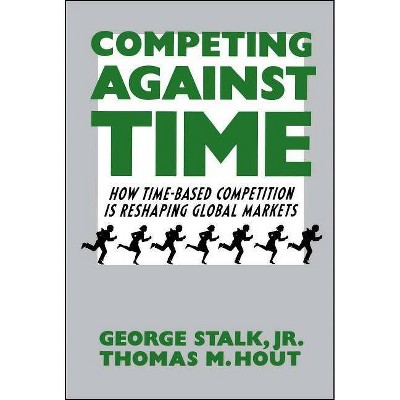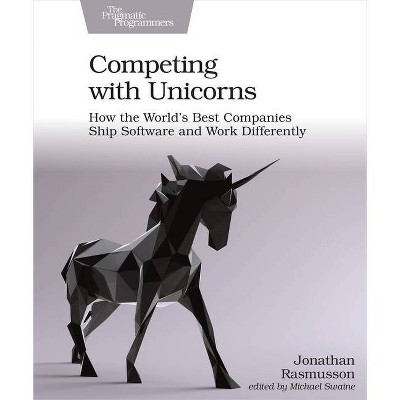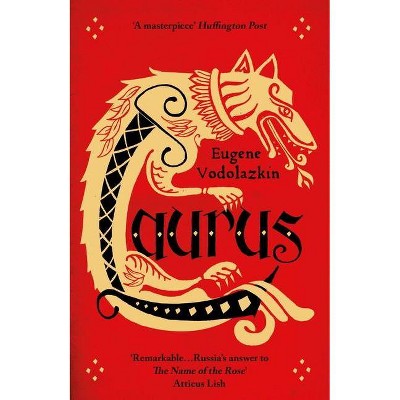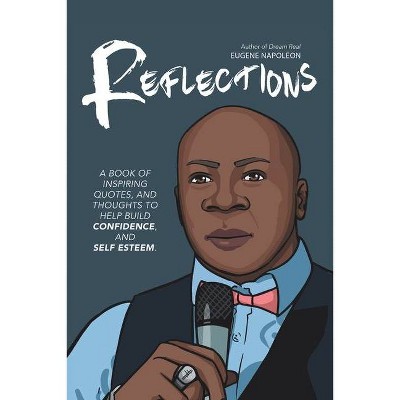Competing Voices - by Ronald Eugene Isetti (Paperback)
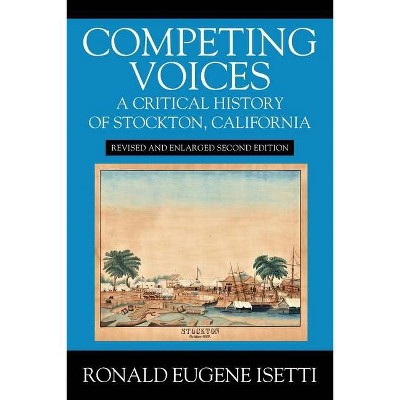
Similar Products
Products of same category from the store
AllProduct info
<p/><br></br><p><b> Book Synopsis </b></p></br></br><p>In the first edition of this book, I began by saying that my purpose was not to write a typical municipal history. That still stands. Too often such studies are little more than exercises in boosterism. Instead, I wanted this account to be critical. Most people think the word means something negative or censorious, but it doesn't have to. In my estimation, the preferred synonymous for being critical are evaluating, explaining, interpreting, and expounding. </p><p><br></p><p>This necessarily entails revealing both the light and the darkness in researching the history of Stockton or any other subject for that matter. In her new history of the United States, We Hold These Truths (2018), Harvard historian Jill Lepore insists that history is "not merely a form of memory but also a form of investigation, to be disputed, like philosophy, its premises questioned, its evidence examined, its arguments countered." She goes on to say that history requires "subjecting the past to skepticism, to look to beginnings and not to justify ends, but to question them-with evidence." The task of the historian is therefore not to be deferential and compliant but to be curious and skeptical. I try to be so in this revised edition.</p><p><br></p><p>To be frank, I have still found more disreputable persons and disquieting events in the city's past than I had expected to. It was if, as I wrote earlier, I walked into a dense forest, came upon a moss-covered log, and kicked it over for no apparent reason, only to find numerous bugs, worms, spiders, centipedes, and other crawling critters underneath. I suppose that all cities have a seamy side to their history (friends from elsewhere have assured me of that) and that Stockton is not exceptional in that regard. In any event, I have decided not to conceal any of the city's numerous scandals, pathologies, shady characters, and missed opportunities. This is even more the case in this second edition than in the first. Responding to my commitment to reveal both the light and darkness in Stockton's history, a Stocktonian who read the new preface rightly reminded me, "As most natives of Stockton we know this city is not perfect. But we are diverse, critical of ourselves and still love what we see. No one or nowhere is perfect."</p><p><br></p><p>In this new version I have more fully examined the mental illness of Charles M. Weber, the founder of the city of Stockton. In assessing his psychological problems, I have drawn material from a provocative paper written in 2011 by Russell Livingston, a docent at the San Joaquin County Historical Museum in Lodi on "A Forensic Analysis and Etiological Speculation Concerning the Behavior of Charles Weber." I have also included a new section on the tragic and mysterious death of his son, Thomas Jefferson Weber, from a total nervous collapse or something even worse. </p><p><br></p><p>The historical record changes over time, as we ask new questions of the past in light of pressing current concerns. Historians call this process revisionism. In the first edition of this book, I devoted a significant section to the Great Influenza of 1918-1919. However, given the dimensions and repercussions of the current Covid-19 pandemic, I have more than tripled the size of my earlier treatment of the so-called Spanish Flu to see if we can learn valuable lessons from that earlier catastrophe, which killed more than 50 million people around the world. In general, I have explored in greater detail in this new version the impact of various diseases such as malaria, yellow fever, cholera, and typhoid on the history of Stockton and its leaders and its people.</p><p><br></p>
Price History
Price Archive shows prices from various stores, lets you see history and find the cheapest. There is no actual sale on the website. For all support, inquiry and suggestion messagescommunication@pricearchive.us

